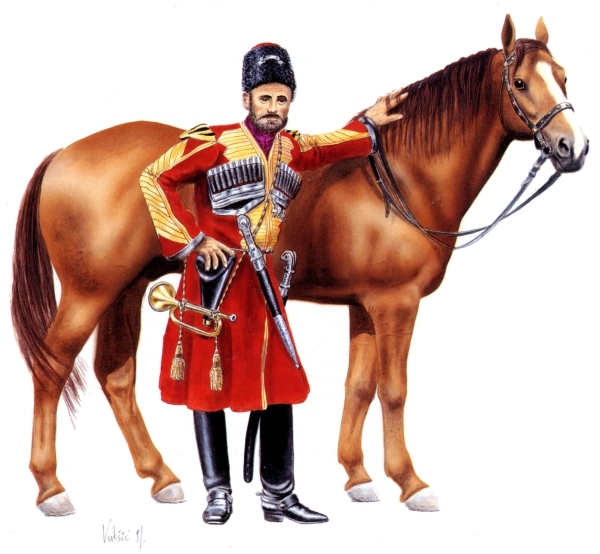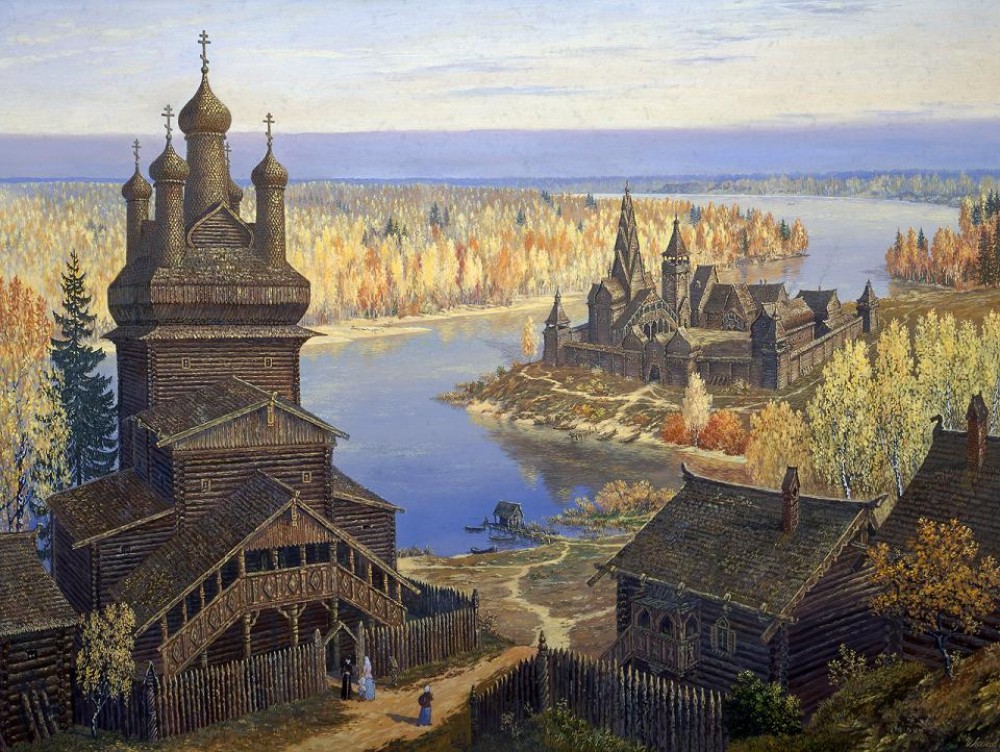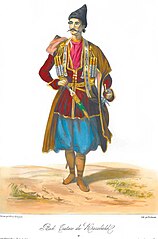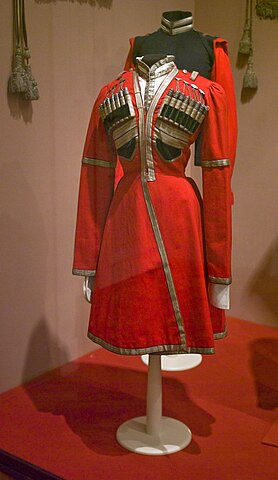Hello, I am interested in the cultural implications of alternate history.
In old Russia, before Peter I (the Great) came to power, the military used to wear such uniforms, a fur hat, knee-high boots, and a kaftan ( high-collared, fur-lined trenchcoat extending down to the knees).



Then Peter came, and forbade the military to wear their traditional clothing, replacing it with European-style barbaric garb. Meaning he made them wear European military uniforms.

But after some time, we can see the renewal of Russian military uniforms, such as in the late 19th century.

Tzar Nicholas II, the last Romanov Tzar of Russia, and his son, wearing traditional Russian military uniforms.


The White army in the Russian civil war.

The Red Army in the Russian civil war.

Soviet Union Army.

Compare that to the modern Russian Army of Putin's era.

So here we see the resurgence of traditional Russian military uniforms, after Peter's Europeanization.
However, I would like to know what would have been with military uniforms as well as with other aspects of Russian society and culture, if Peter's Europeanization had never occurred.
For example, this would be the uniforms for Russian soldiers in the late 1700's or the Napoleonic wars.

Please feel free to share your thoughts.
In old Russia, before Peter I (the Great) came to power, the military used to wear such uniforms, a fur hat, knee-high boots, and a kaftan ( high-collared, fur-lined trenchcoat extending down to the knees).


Then Peter came, and forbade the military to wear their traditional clothing, replacing it with European-style barbaric garb. Meaning he made them wear European military uniforms.

But after some time, we can see the renewal of Russian military uniforms, such as in the late 19th century.

Tzar Nicholas II, the last Romanov Tzar of Russia, and his son, wearing traditional Russian military uniforms.


The White army in the Russian civil war.

The Red Army in the Russian civil war.

Soviet Union Army.

Compare that to the modern Russian Army of Putin's era.

So here we see the resurgence of traditional Russian military uniforms, after Peter's Europeanization.
However, I would like to know what would have been with military uniforms as well as with other aspects of Russian society and culture, if Peter's Europeanization had never occurred.
For example, this would be the uniforms for Russian soldiers in the late 1700's or the Napoleonic wars.

Please feel free to share your thoughts.


















